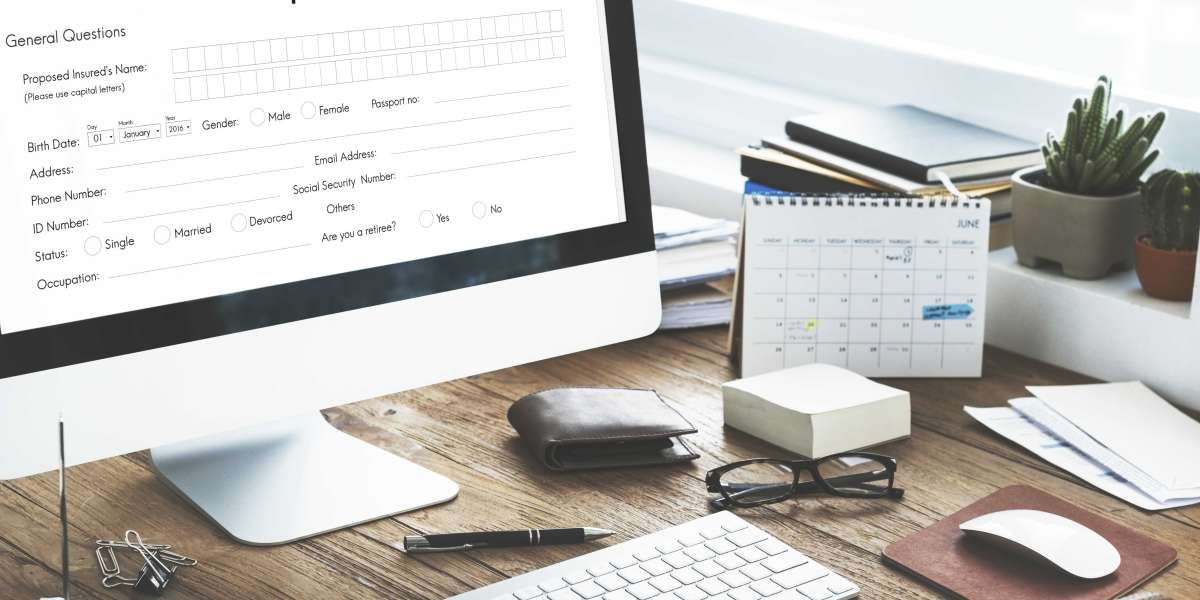In today’s competitive mortgage and lending market, effective client communication can make a significant difference in closing loans and maintaining long-term relationships. Loan officers must manage a steady flow of inquiries, documentation, and follow-ups while delivering a personalized experience. This challenge is where loan officer email templates become invaluable tools.
The Role of Email Templates for Loan Officers
Email templates designed specifically for loan officers streamline communication by providing a consistent framework for messages. Instead of composing each email individually, loan officers can modify a well-crafted template to fit the client’s particular circumstances. This approach helps maintain clarity and professionalism while freeing up time for more critical tasks like loan analysis and client consultation.
Using loan officer email templates leads to:
- Faster response times that impress clients
- Reduced errors or omissions in communication
- Easier tracking of communication history
- Standardized messaging aligned with compliance requirements
Key Loan Officer Email Templates for Different Stages
Loan officers interact with clients across various stages, from inquiry to loan closure. Having targeted email templates ready ensures relevant and timely communication.
Inquiry Response Template
When a potential borrower reaches out, responding promptly and informatively can set the foundation for a positive experience. This template should acknowledge the inquiry and outline the next steps.
Key elements include:
- Thanking the client for their interest
- Briefly explaining the loan process and options available
- Offering to schedule a consultation call
- Inviting questions or additional information requests
Pre-Approval Invitation Template
Once preliminary checks are done, inviting a client to apply for pre-approval is a crucial step. This email should clearly explain the benefits of pre-approval and what the process entails.
Include in the template:
- Overview of pre-approval advantages (e.g., better home buying power)
- Instructions on the application process
- Documents needed to proceed
- Contact info for support
Follow-Up and Reminder Template
Many loan applications stall due to missing documents or delayed responses. A polite follow-up email encourages clients to stay on track without feeling pressured.
Points to cover:
- Friendly reminder about outstanding items or deadlines
- Offer assistance in gathering or submitting documents
- Reiterate importance of timely submission to avoid delays
- Express willingness to answer any questions
Customization Strategies for Loan Officer Email Templates
To make email templates effective, loan officers must personalize each message based on client data and interaction history. Some strategies include:
- Addressing the client by name to create rapport
- Referring to specific loan products discussed previously
- Including deadlines or milestones relevant to the client’s application
- Adjusting language style based on the client’s preferences or background
- Adding relevant links or attachments such as disclosures or loan guides
Enhancing Email Effectiveness Beyond Templates
Templates are tools, but the human touch remains crucial in loan officer communication. Consider these additional tips:
- Use an email signature with contact details and licensing information to enhance credibility.
- Send emails during business hours for higher open and response rates.
- Use bullet points or numbered lists to make complex information easier to digest.
- Include a call-to-action that is clear and actionable, such as scheduling a call or submitting documents.
- Regularly update templates to reflect changes in lending policies or compliance requirements.
Conclusion
Mastering the art of client communication is essential for loan officers to thrive in a competitive environment. Loan officer email templates provide a powerful way to maintain professionalism, increase efficiency, and foster strong client relationships. By having tailored templates for inquiries, pre-approval, and follow-ups—and personalizing them thoughtfully—loan officers can improve client engagement and move loan applications forward more smoothly. Combining templates with best email practices ensures a winning approach to client communication in the lending industry.











